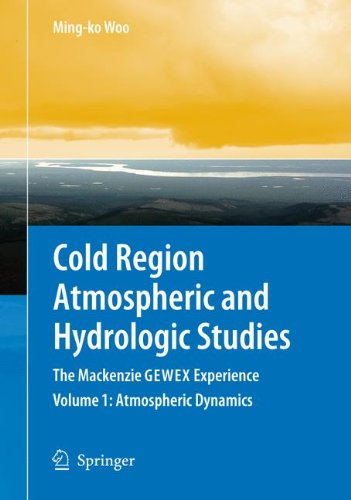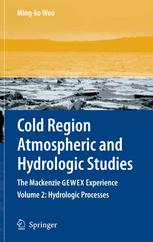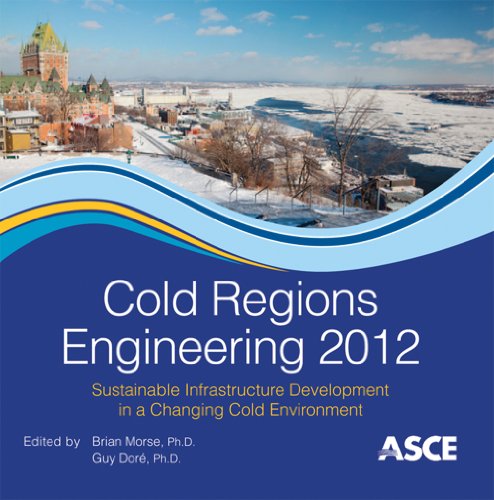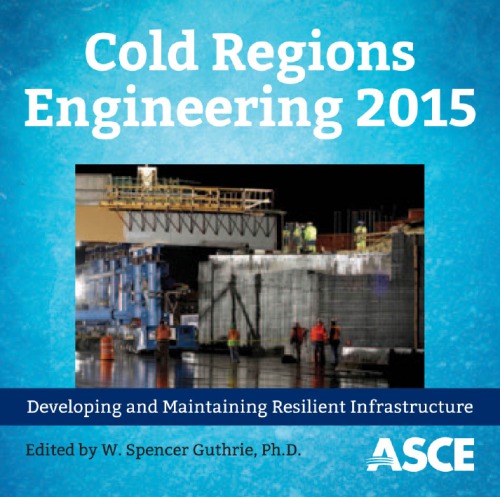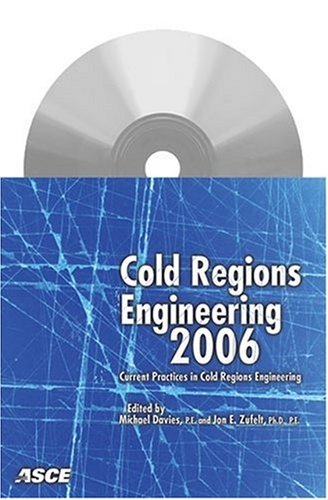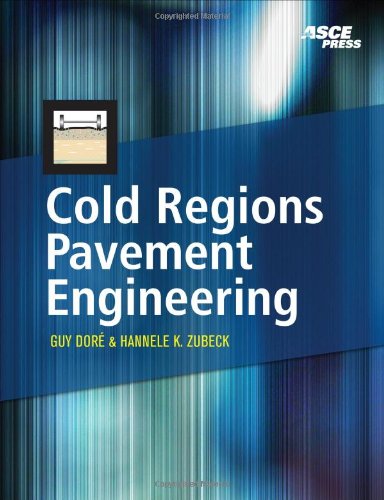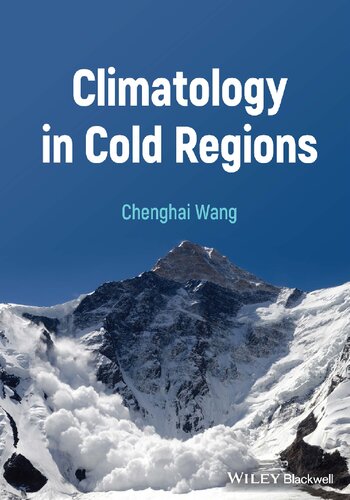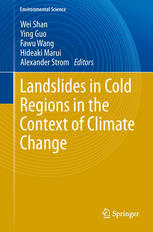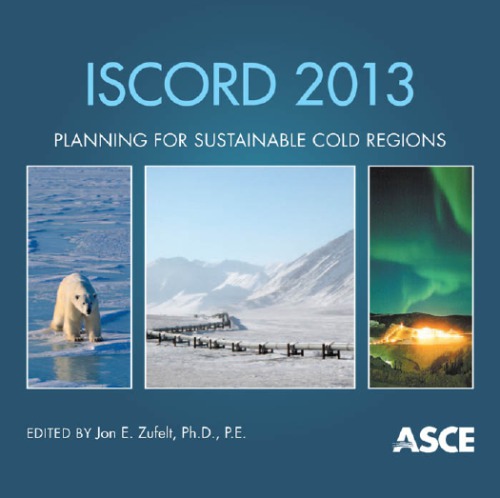-
Synopsis of Atmospheric Research under MAGS
-
MAGS Contribution to Hydrologic and Surface Process Research
-
Analysis and Application of 1-km Resolution Visible and Infrared Satellite Data over the Mackenzie River Basin
-
On the Use of Satellite Passive Microwave Data for Estimating Surface Soil Wetness in the Mackenzie River Basin
-
Studies on Snow Redistribution by Wind and Forest, Snow-covered Area Depletion, and Frozen Soil Infiltration in Northern and Western Canada
-
Snowmelt Processes and Runoff at the Arctic Treeline: Ten Years of MAGS Research
-
Modeling Maximum Active Layer Thaw in Boreal and Tundra Environments using Limited Data
-
Climate-Lake Interactions
-
Modeling Lake Energy Fluxes in the Mackenzie River Basin using Bulk Aerodynamic Mass Transfer Theory
-
The Time Scales of Evaporation from Great Slave Lake
-
Interannual Variability of the Thermal Components and Bulk Heat Exchange of Great Slave Lake
-
Flow Connectivity of a Lake-Stream System in a Semi-arid Precambrian Shield Environment
-
Hydrology of the Northwestern Subarctic Canadian Shield
-
Recent Advances Toward Physically-based Runoff Modeling of the Wetland-dominated Central Mackenzie River Basin
-
River Ice
-
Regression and Fuzzy Logic Based Ice Jam Flood Forecasting
-
Impact of Climate Change on the Peace River Thermal Ice Regime
-
Climate Impacts on Ice-jam Floods in a Regulated Northern River
-
Trends in Mackenzie River Basin Streamflows
-
Re-Scaling River Flow Direction Data from Local to Continental Scales
-
Lessons from Macroscale Hydrologic Modeling: Experience with the Hydrologic Model SLURP in the Mackenzie Basin
-
Development of a Hydrologic Scheme for Use in Land Surface Models and its Application to Climate Change in the Athabasca River Basin
-
Validating Surface Heat Fluxes and Soil Moisture Simulated by the Land Surface Scheme CLASS under Subarctic Tundra Conditions
-
The MAGS Integrated Modeling System
-
Synopsis of Mackenzie GEWEX Studies on the Atmospheric-Hydrologic System of a Cold Region

